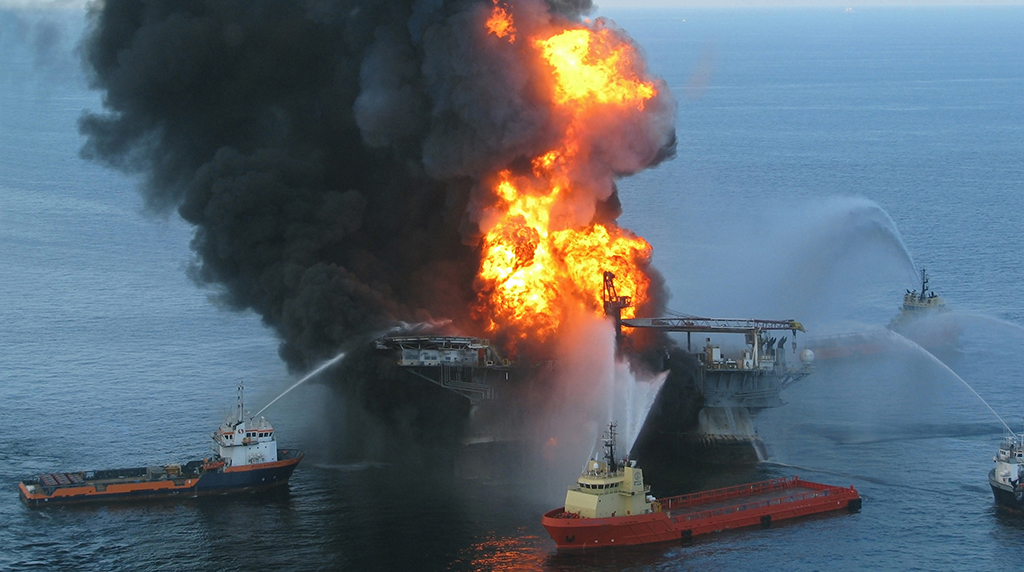November 25, 2020
The Deepwater Horizon (DWH) oil spill significantly impacted the creatures living in the northern Gulf of Mexico (nGoM), in particular those in the deep benthos (>125 m water depth). This includes microbes, foraminifera, meiofauna, macrofauna, megafauna, corals, and demersal fishes. The ability of these communities to recover from this impact was not the same for all organisms, some requiring years if not decades to fully recover.
To understand and pull together all of the impacts and subsequent recovery after DWH, the Gulf of Mexico Research Initiative (GOMRI) Core 3 synthesis group divided the nGoM into four ecotypes: coastal, continental shelf, open-ocean, and deep benthic. They published their results in Frontiers in Marine Science - Marine Pollution. This paper pesents a review of the deep benthic ecotype status and discusses the progress made on five tasks:
(1) summarizing pre- and post-oil spill trends in abundance, species composition, and dynamics
(2) identifying missing data/analyses and proposing a strategy to fill in these gaps
(3) constructing a conceptual model of important species interactions and impacting factors
(4) evaluating resiliency and recovery potential of different species
(5) providing recommendations for future long-term benthic ecosystem research programs.
To address these tasks, the working group looked at time series to detect measures of population trends. A benthic conceptual model for the GoM deep benthos was developed and a vulnerability-resilience analysis was performed to enable holistic interpretation of the relationships among ecotypes, resources, and stressors.
The DWH oil spill highlights the need for a system-level, benthic management decision support tool based on long-term measurement of ecological quality status (EQS). Production of such a decision support tool requires temporal baselines and time-series data collections. This approach provides EQS for multiple stressors affecting the GoM beyond oil spills. In many cases, the lessons learned from DWH, the gaps identified, and the recommended approaches for future long-term, hypothesis-driven research can be used to better understand and identify the impacts of any ecosystem disruption of industrial impact, including marine mineral extraction.


















 back to top
back to top